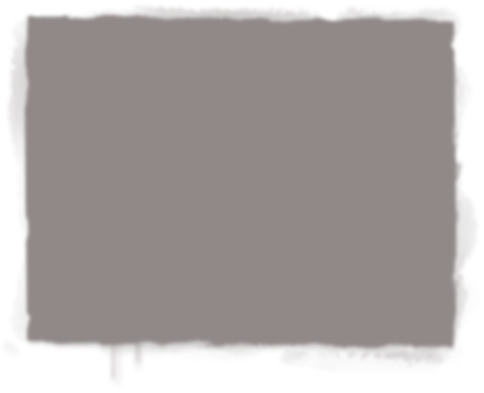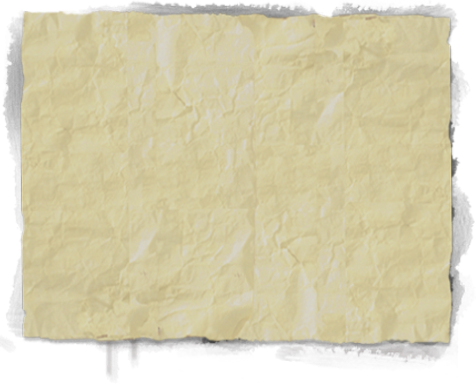



Background Research
The first term searched in the process leading up to the creation of this master’s project was “empower”. Having served as a teacher for nearly three years in rural Alaska, the question that keeps coming to me is: “What can I do to empower my students and give them a sense of purpose in an academic institution?” What I found was a broad discussion on the topic and terms of empowerment. Discussions were often about Indigenous and Native land rights, political voices, and economic opportunities, as well as women’s access to and in education. But nowhere did I find vestiges of an answer to my questions about education in rural Alaska. That is, however, not until I looked to “Place-Based Education”.
Then answers grew closer. Place based education purports to instill self-identity, self-esteem and incorporate and honor knowledge of the local community. There is expansive documentation of place based projects ranging from collecting scientific data of the area to developing exhibits about the culture. Discussion is given to the processes of gathering community and the affects of service learning on students.
While research into place based education illuminates the question of how to empower students; connecting this concept to student lives and culture is challenging. A project can be place based but if it does not center on elements of place relevant to students lives and experiences, it serves no purpose. Students must have ownership, shared vision, and leadership in the project and learning. These essential elements brought me to revisit and investigate deeper into the Reinventing Schools Coalition model. Knowledge gained from this research process gave me new perspective on what student leadership in the classroom can look like and how to work toward a shared vision between teacher, student and the community.
Statement of the Problem
How does a teacher in rural Alaska strengthen identity and instill cultural worth? Placed based education appears to be one answer to this question; it is an effective approach to teaching. But, for a first or second year teacher in rural Alaska it is an overwhelming proposition. Often teachers come from outside of the community and are unfamiliar with the local culture; and more often many come from outside of Alaska. New to a community, culture, landscape, living situation, and student population, these teachers are the ones that need placed based education the most.
Place based curriculum provides a space for students, as well as the teacher, to explore and gain knowledge about their world. Place based education can provide a safe forum for teachers new to a place, culture and norms to learn about their surroundings. A mutual exchange of knowledge between teacher and student gives increased understanding of the community and area and validates the traditions, ways of knowing, and cultures of students. Unfortunately many teachers in rural Alaska, who need placed based education the most, are the ones that will not know where to begin and are the least prepared to apply the concepts when presented with them. As a teacher who spent three years teaching in Kalskag, Alaska, a predominantly Russian Orthodox Yupik Eskimo village on the Kuskokwim River, I speak from experience.
From the onset of my time in Kalskag my desire has been to teach lessons and develop projects and skills that connect to the lives of my students. The creation of the ARSI, and its goals by the ANKN, provides aims for these types of lessons. Placed-based education offers an excellent medium to work toward these goals. Conceptually, these two schools of thought should provide a foundation for a curriculum that instills Alaska Native self-identity. In reality, this foundation is not solid. Place based learning and the building of cultural worth in rural Alaska struggles because educators are from cultures other than where they teach and boast a high teacher turnover rate. The problem that is faced by Indigenous communities and their educators is how to create and implement sustainable leadership, shared vision, and Native knowledge in education.
Overview of Methodology
Writing
Kalskag’s “Virtual Museum” creation spanned over several subject areas: Language Arts, Social Studies and Technology. Within these disciplines, students learned to inquire into, investigate, document, preserve and present information about their community, history, culture and area.
Inquiry, investigation and documentation of information tied into the teaching of Language Arts, primarily in the area of writing. Students gathered information from living sources; communication, interviewing, and documentation techniques were taught. Ways of documenting an interview through film, tape recording and or notes were introduced. Particular attention was given to the importance of quoting words and giving credit when sharing information. Most of the information collecting by students is shared through a variety of expository compositions.
Expository writing, writing to explain, was introduced and practiced. Students then produced a range of writings explaining through example, fact and/or definition based on personal experience and interviews. For example, an expository writing may tell about Eskimo ice cream by defining it and giving examples of its use
Investigation
Topics to investigate were brainstormed by the students with guidance from the community and teacher. Students composed an informative letter about their museum project and surveyed the community to collect items and topics to investigate. Together students and the teacher refined topics. Investigation and discovery of the local area, culture and traditions also speaks to social studies. Students investigated culture, traditions, and ways of life, family histories, and anthropological points of view. The process of creating a museum showed students how to preserve cultural information and reinforced its importance.
Methods of investigating, gathering information through the Internet, orally and from books, were discussed. Students were instructed in documentation processes such as summarizing and citing sources. Preserving information through words and artifacts through the use of technology was, perhaps most successfully, explored and used.
Technology
As a whole the “Virtual Museum” project is imbedded with technology. All information was collected or conveyed using technology. Digital video, still cameras, scanner, photo and movie computer applications were used in the preservation process. Text was typed and combined with visual images and or voice. Creating a web page was taught. This collection has been and continues to be composed into web pages; these pages are linked and posted on the World Wide Web for viewing via the Internet.
The project provides a virtual forum for students to educate others about themselves and serve as a resource for Educators; an accessible Native Knowledge resource for the classroom is available on the Internet. In addition to archived images and informative texts written by students this web site includes a link to an Educator Guide. This link documents the project, students, lessons taught, logistics, and the overall process of the Museum creation. Educators wanting to implement a placed based project or use the RISC model can view this web site for ideas and guidance.
Skills needed to complete the five steps of this project were addressed in several lesson plans. Each lesson, objective and means of achieving the objective is represented below.
Lesson plans
Lesson One: What is a Virtual Museum?
• define museum
• explore online museums
Lesson Two: Formulating an exhibit/investigation
• compose informative letter to community
• needs assessment of community
• brainstorm and refine topics to research
Lesson Three: Methods of Investigation
• text (books, Internet)
• oral (interview)
• visual (photos and film)
Lesson Four: Documenting information and giving credit
• citing sources
• photo and film captions and credits
Lesson Five: Web page design
• composition
• templates
• creation
• refine
Documentation
Documentation of this master’s project is done through the same medium that this classroom project is based upon, the Internet. Short films, made in the application iMovie are Podcast under “Virtual Museum” at the iTunes music store in the Education category. Films, as well as photos and text are posted on a web page created in iWeb.

Author: Sarah Dzieweczynski
Editor: Johanna DeBiase





